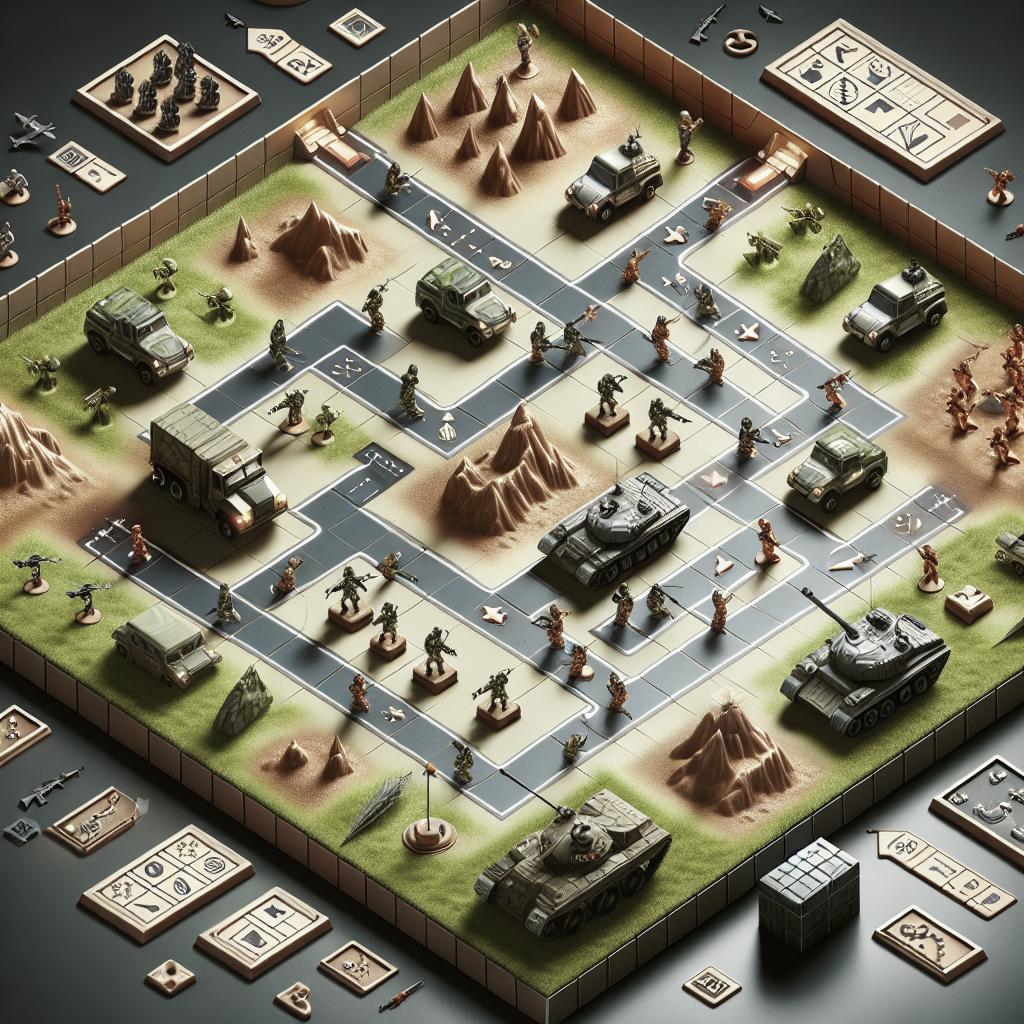Adapting to meta shifts in competitive gaming, particularly in games like Teamfight Tactics (TFT), is crucial for success. As the dynamics of gameplay evolve with each new set or patch, staying on top requires understanding intricate mechanics, embracing flexible strategies, and constantly monitoring game updates. This guide provides grandmaster-level insights into mastering these changes, with a focus on leveling strategies, carrying costs, and practical applications. Furthermore, it delves into specific adjustments for Set 8: Monsters Attack! By exploring each of these areas, gamers can enhance their adaptability and maintain their competitive edge. Finally, the discussion closes with a reflective overview of key takeaways.
Grandmaster Tips for Adapting in Teamfight Tactics
Leveling Strategy
In the ever-evolving game of Teamfight Tactics, understanding the nuances of leveling can be a game-changer. At the core, a sound leveling strategy involves assessing your economic situation and the board strength of opponents. Early game setup provides a foundation; hence, knowing when to level up to protect your HP or maintain a strong economy is vital. Often, early leveling can help in preserving a winning streak, which further fuels your gold reserves. Conversely, delaying leveling for a more robust interest advantage can be effective when the board doesn’t demand immediate upgrades. Mid to late-game leveling decisions become increasingly tactical. At this stage, it’s about finding the right balance between advancing your level to unlock higher-tier champions and conserving resources for key roll-downs. Assessing the pace of the game from health totals and opponents’ board strength can guide your choices. Grandmasters frequently review their positioning in the lobby to decide on aggressive leveling versus slower, economy-focused approaches. A critical aspect is adaptability. Meta shifts, including changes to XP curves or champion tiers, can necessitate rapid reconfiguration of strategies. Engaging with the community and learning from patch notes and ongoing discussions around new leveling approaches can help refine one’s technique in real-time.
Carry Cost
Understanding the cost and viability of different carries is instrumental in adapting to meta shifts. Champions that serve as core carries often fluctuate in power due to balance adjustments, necessitating a reevaluation of their cost-effectiveness. Selecting your carries based on their utility, synergy within compositions, and general power level is a nuanced skill. Cost evaluation includes both the gold price and the strategic investment required to sustain a particular carry in the current meta. The economic side of managing carry costs means knowing when to pivot away from expensive carries that aren’t achieving results. In particular, the ability to pivot seamlessly into different carry units, based on what opponents are using and gathering, can give you an edge. If a certain four-cost carry is contested heavily, a keen eye on alternatives that provide similar value at a reduced cost can keep you competitive. Adapting your carry cost strategy involves recognizing when a meta favors particular classes or elements over others. Being flexible in composition choice while keeping a holistic view of cost management allows you to mitigate risk and capitalize on undervalued champions.
Applying this Knowledge
Analyzing game data and insights from high-level players allow for applying theoretical knowledge into practical gameplay. To transition from learning to application, regular practice accompanied by critical evaluation is essential. Reviewing games critically to understand decision-making processes and recognizing where meta awareness influenced successful outcomes is a core component of improvement. Combining theoretical strategies with experiential learning helps reinforce adaptability; for instance, regularly updating a personal tier list based on recent games and meta insights can solidify one’s understanding of current power dynamics. Practicing adaptability might involve playing a higher variety of compositions or intentionally putting oneself in challenging situations to enhance decision-making skills. A key component is strong communication with the competitive community. Engaging in forums, watching streams, or participating in discussions around the latest meta trends can keep you informed and provide shared insights into new strategies, enhancing practical adaptation.
How this Applies to Set 8: Monsters Attack!
Set 8: Monsters Attack! offers new opportunities and challenges regarding meta shifts. Maximizing performance in this set involves understanding the unique mechanics and synergies introduced, such as the new champion abilities and traits. Leveraging fresh tactics, such as incorporating newly introduced monsters and their unique attack patterns, can provide an advantage over competitors. Champions and traits that dominate the current meta will likely undergo adjustments based on balancing updates, requiring ongoing adaptability. Monitoring unofficial tier lists, testing new things in different lobby situations, and evaluating which setups lead to consistent top finishes will inform your strategy in Set 8. Leveraging detailed patch notes is crucial in understanding how the game’s overall dynamics alter over time. Understanding this set isn’t just about the champions but also innovating with the tools given, such as itemization and board synergy optimization. Players must also stay nimble—keeping up with how other players respond to meta shifts through innovative compositions will be vital in achieving continued success.
Final Thoughts
Adapting to meta shifts in competitive gaming demands a combination of strategic insight, flexibility, and a curious mindset. It’s about maintaining an edge through continual learning and adaptability, honing creative problem-solving skills, and staying informed through community engagements. Balance between theory and practice remains key; a masterful player not only studies and strategizes but also applies them effectively in ever-changing environments. Being equipped with a deep understanding of the game’s economy, champion choice, and synergy dynamics allows players to perform consistently despite changes. Ultimately, success in games like Teamfight Tactics isn’t just about knowing the right moves—it’s about anticipating and responding to the game’s evolving dynamics with agility and insight.
Subscribe to our Newsletter:
For more insights and updates on competitive gaming strategies, subscribe to our newsletter. Stay informed on the latest meta shifts, receive tips directly from professionals, and keep your skills sharp in the ever-evolving world of strategy gaming. Sign up now to never miss an update!
| Section | Key Points |
|---|---|
| Leveling Strategy | Understanding early, mid, and late-game leveling; adapting to changes in XP curves; community engagement. |
| Carry Cost | Evaluating carry viability; knowing when to pivot; adapting strategy based on meta changes. |
| Applying this Knowledge | Practicing theoretical strategies; critical game review; community communication for insights. |
| Set 8: Monsters Attack! | Understanding new mechanics; leveraging patch notes; innovating itemization and synergies. |
| Final Thoughts | Strategic insight, constant learning, flexible adaptability, theory-practice balance. |


